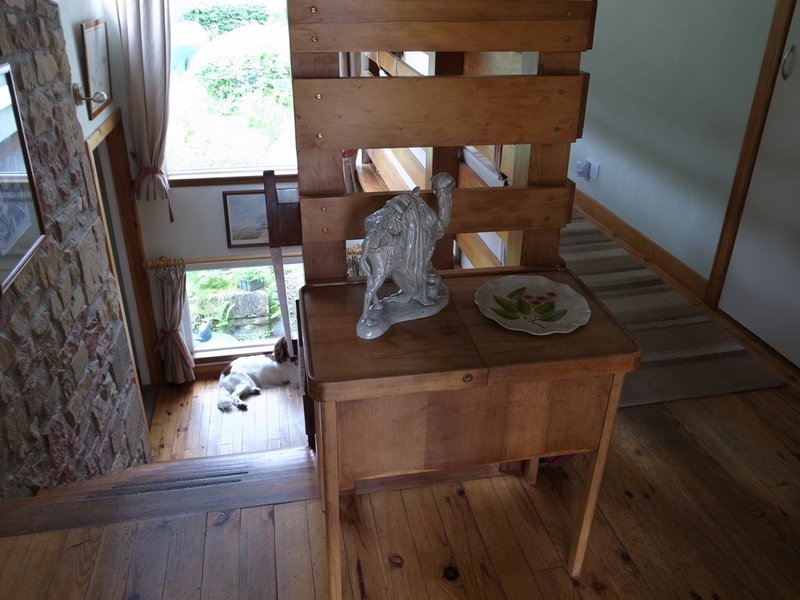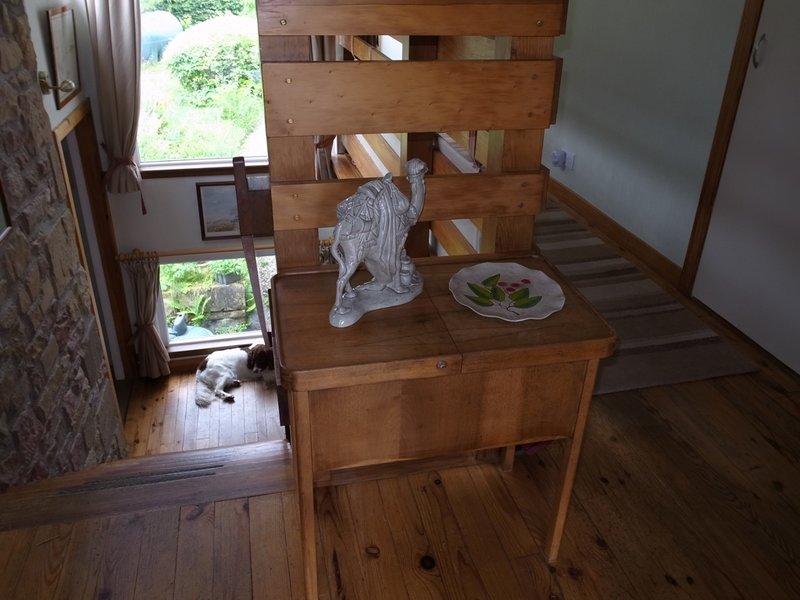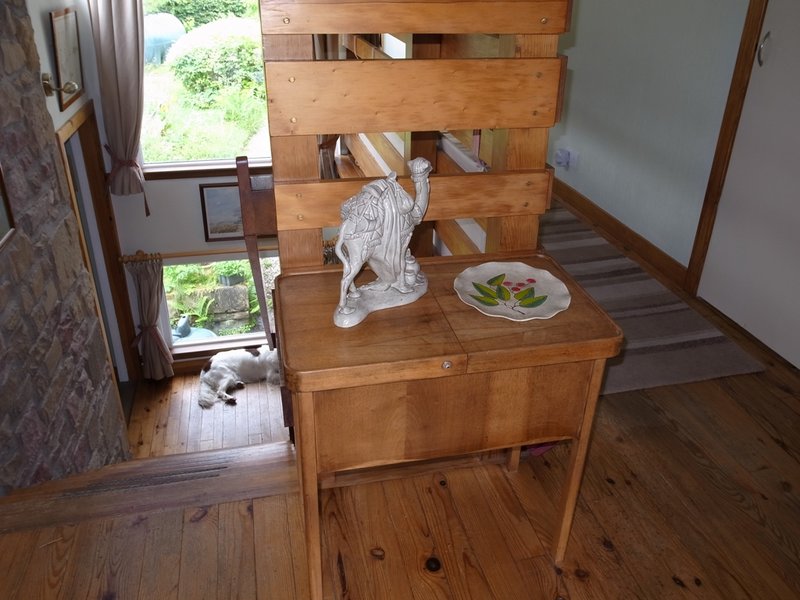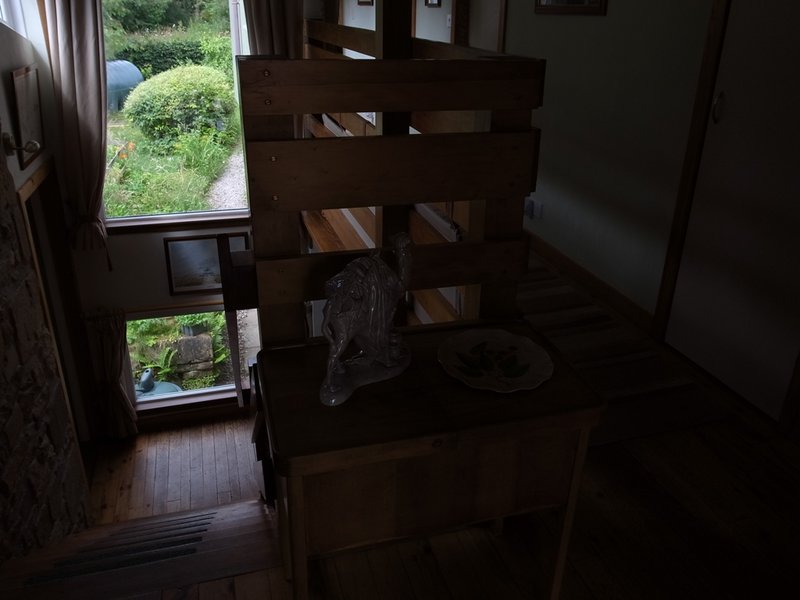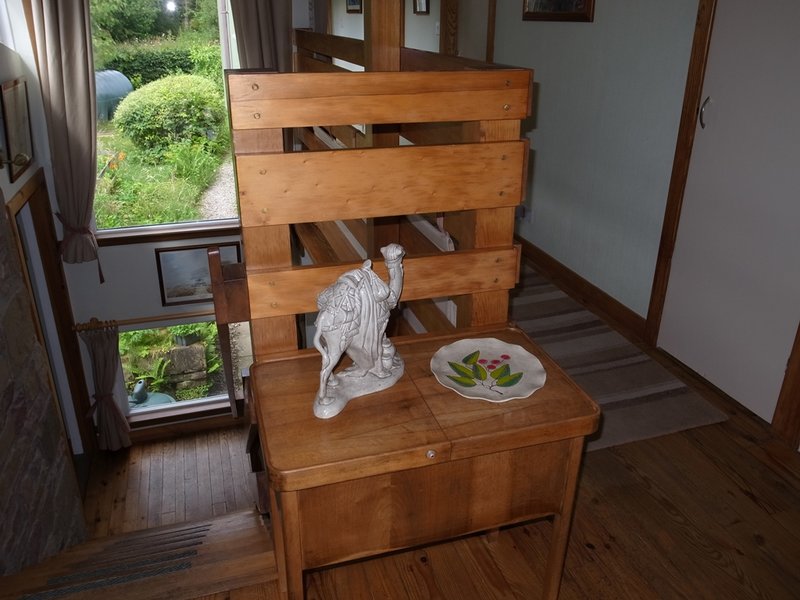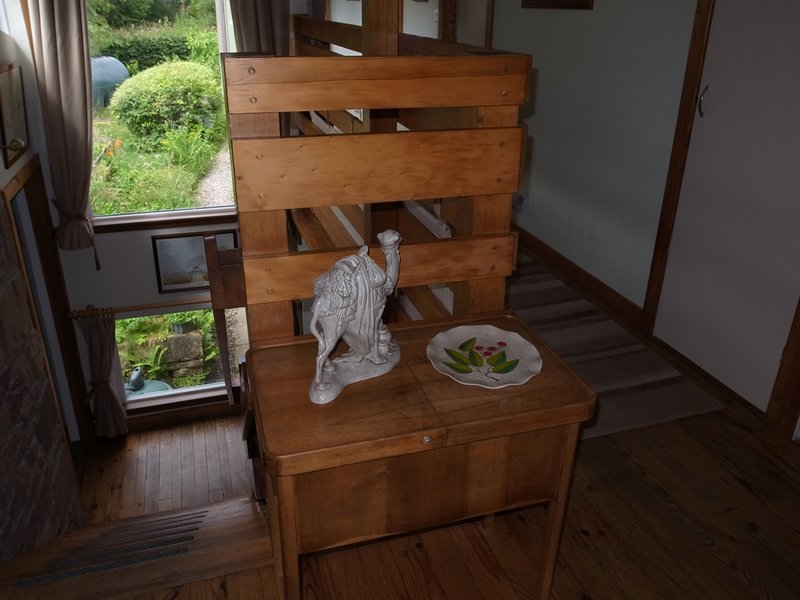Trying to figure out which to use or both. If you're using the onboard flash and you want for example +1 stop, should you set the flash exp comp, or the camera exp comp. Within the camera is there any connection between the two. Would a combination of both ever be advisable - say in a fill flash situation?
Any light you can shed (no pun intended) on this would be greatly appreciated.
Thanks.
Any light you can shed (no pun intended) on this would be greatly appreciated.
Thanks.
